This time we collected the Seal from Charles Hurst’s brand new BYD showroom on the Boucher Road. After a great handover from Irwin, we set off on another weekend EV test.
Accommodation & Equipment
The Seal comes in 2 trim levels currently. This “Design” version is rear wheel drive and shares the same 82.5 kWh battery as the AWD “Excellence” model. In fact the only difference in spec beyond the number of driven wheels appears to be a HUD (head-up display) on the more expensive car.
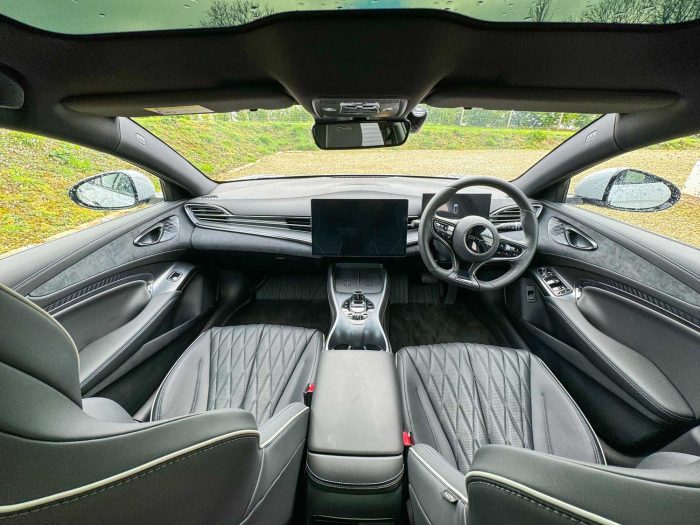
The interior certainly has a wow factor, which was confirmed when I showed the car to a few friends over the weekend.
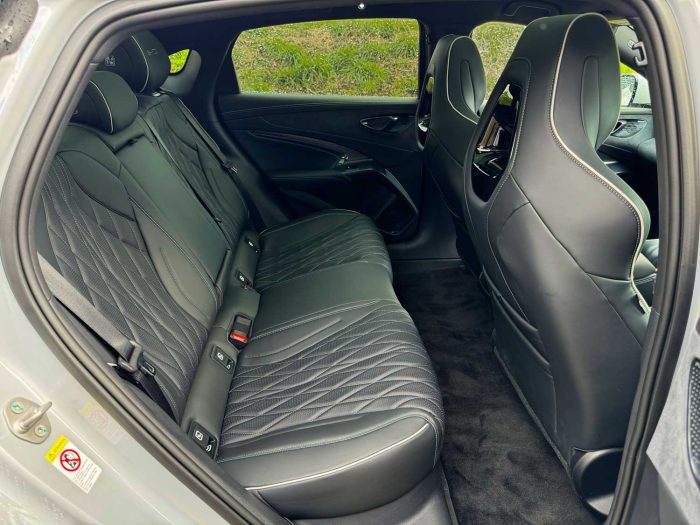
One likened it to a Mercedes on the inside while another said sitting in the rear was like being in “a BMW 7 Series”. In terms of comfort and space, I was equally impressed, and the Seal will easily cater for two 6 footers in the rear, sitting behind two six footers in the front.
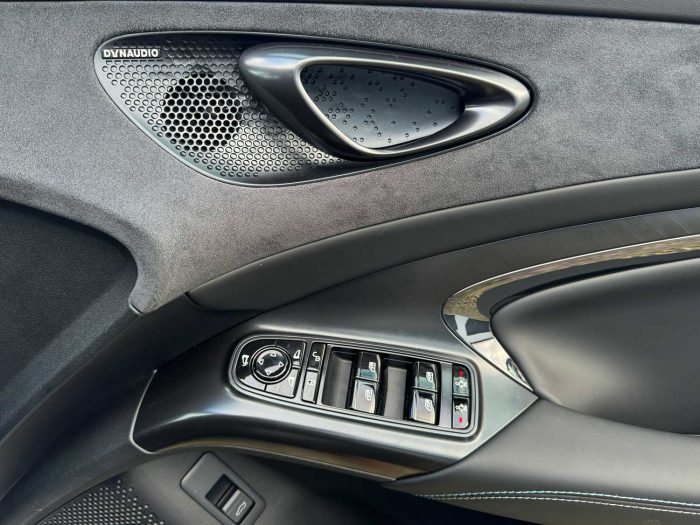
The quilted seats and alcantara-like microfiber give a premium feel and the build quality in general is top notch.
While the infotainment system on the large 15.6 inch screen is less of a triumph, its user interface can be bypassed to a large extent by using Apple CarPlay (wired) or Android Auto (wireless), at least for Maps, Messages and Music.
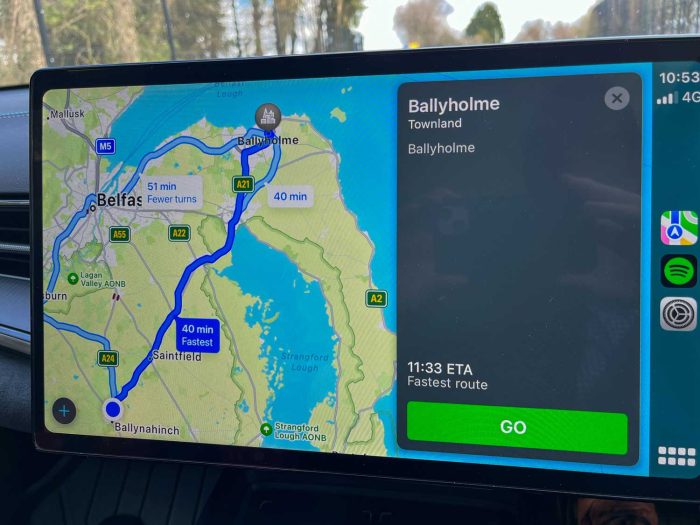
This EV has a huge range of standard equipment including a heat pump, 360 camera, dual wireless phone charging pads, keyless entry, adaptive cruise control, LED headlights, heated and ventilated seats, heating steering wheel, ambient lighting, PM2.5 filter, 3 x ISOFX, 4 x USBs, electric tailgate, Vehicle-to-Load – the list goes on and on (download full spec here).
Performance, Handling & Ride
This RWD version of the Seal has a Permanent Magnet Synchronous Motor, 308 BHP and a 5.9 second 0-62 time. The AWD model adds an Asynchronous motor on the front, providing a total of 523 BHP and a 3.8 second 0-62.
Even in this lower powered version, progress is swift and hitting the power out of a damp corner in Sport Mode results in an entertaining wiggle that’s typical of any RWD German sports saloon.
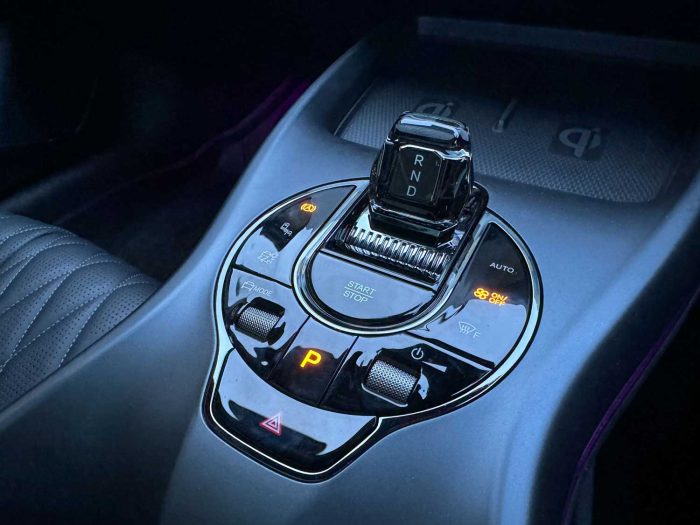
I found the car to be exceptionally comfortable, with the suspension providing a great balance between a cushioned ride and control in the corners.
Regen levels from the car are low, even on the higher setting, so if you are used to the stronger recuperation of other EVs you may miss that one-pedal driving experience. Alternatively this more coasting style (also adopted in the Porsche Taycan) may be preferred by some drivers looking for something more akin to how a traditional piston vehicle drives.
Like most modern cars, there are a few annoying audio warnings, like when passing a temporary 20 mph speed limit sign outside a school, but these can be turned off.
The RWD model has a 750 kg towing capacity which rises to 1,500 kg for the AWD car. The Auto Hold feature is great at lights and the suite of driving assistance features includes Blind Spot Detection, Lane Change Assist and Adaptive Cruise Control.
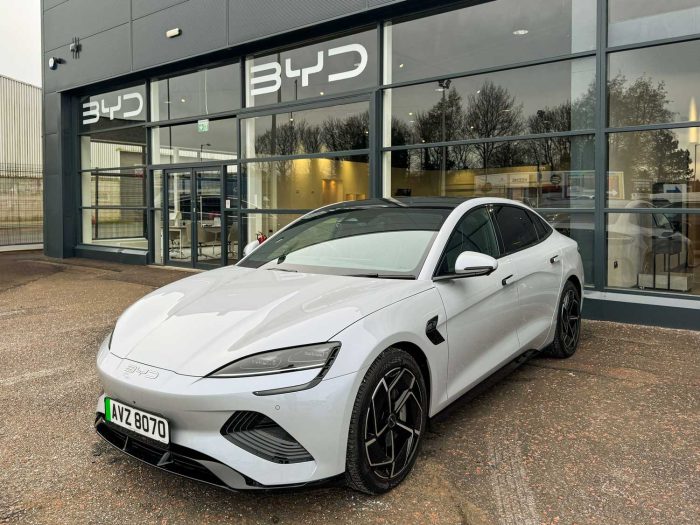
Design
It’s a handsome and cohesive design which certainly attracted plenty of attention over the weekend. The Seal is a direct competitor for cars like the BMW i4 and Polestar 2. Like the Tesla Model 3 (perhaps its most direct competitor) this is a saloon rather than a hatchback. Thankfully this is one EV that still has stalks too.
The boot holds 400 litres and a small sub-floor section holds a Type 2 cable, 3 Pin charger and a clip-on shade for the glass roof. Under the bonnet there’s a small 53 litre frunk too.

The large Panoramic glass roof is uninterrupted and the cabin feels particularly quiet inside.
A second (10.25 inch) display sits behind the steering wheel which provides all the speed and efficiency data you need.
The rear lights stretch across the entire width of the car and look great at night. The unique DRLs (daytime running lamps) and retracting door handles are another nice couple of design touches.
This demonstrator looks great in its optional Indigo Grey paintwork and the 19″ alloy wheels provide a good balance between providing a sporty look, while offering an aero advantage.
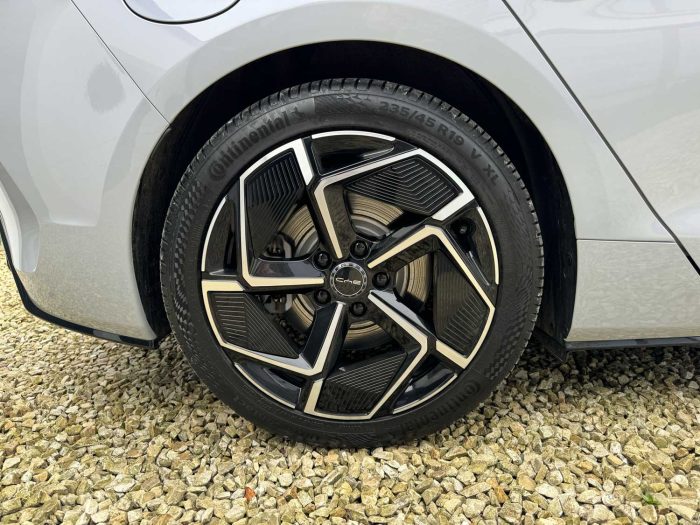
Charging & Efficiency
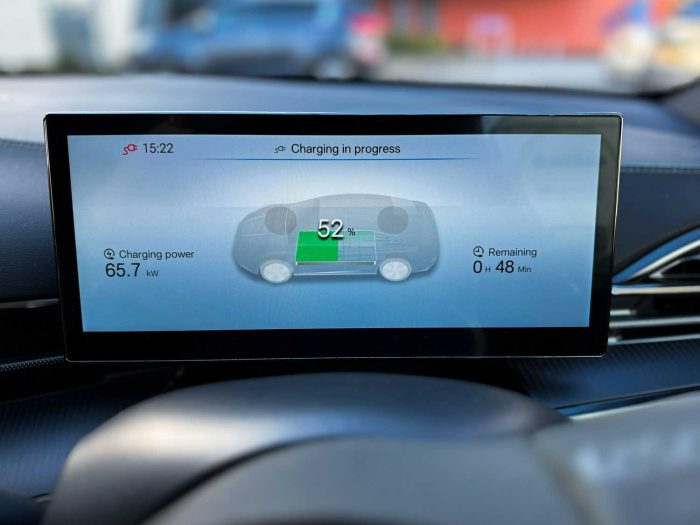
We covered 153 miles over the weekend including a very enjoyable Sunday cruise around the Ards peninsula, along with some motorways and dual carriageways too. We averaged 3.3 miles / kWh during our time with the car, meaning the full range calculates as –
3.3 miles/kWh x 82.5 kWH Usable = 272 mile range
The early March temperatures of our test were low, mostly hovering around 6 degrees, so the EV Database’s real world range of 310 miles sounds about right, averaged out to include the warmer months of the year too.
The CCS2 charging port is under a manually operated flap on the right rear wing and BYD says the Seal will charge from 10% to 80% in 37 minutes at it’s maximum 150kW DC charge rate (maximum 11kW on AC). While the Lithium Iron Phosphate (LFP) blade battery is heavier than other chemistries, it has the advantage of being able to be charged to 100% daily with less effect on its longevity.
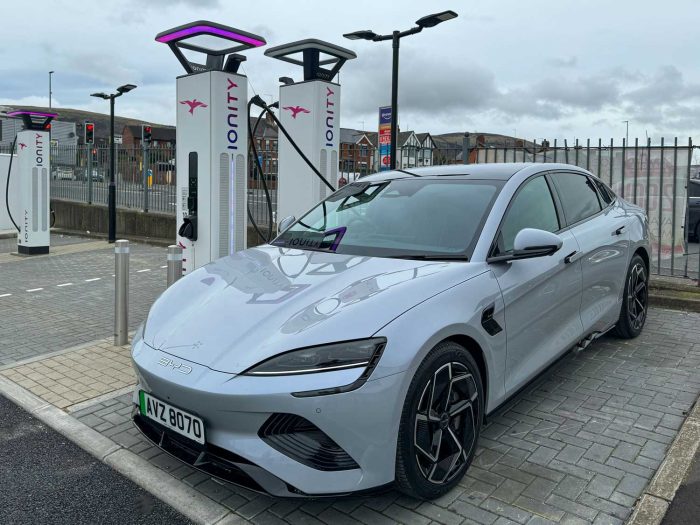
Verdict
The Seal has a generous 6 year 150,000 km (93,750 miles) warranty, which extends to 8 years and 200,000 km (125,000 miles) for the battery.
Its sleek, modern design, glass roof and rear light bar all combine to make the BYD Seal a real head turner. A long list of standard equipment, an even longer range, coupled with a supremely comfortable ride and quality interior makes the BYD Seal a real mile muncher and a serious contender in this popular EV sector.
Prices for the BYD Seal start from £45,695. Many thanks to the Charles Hurst Group for the loan of the car for this review.























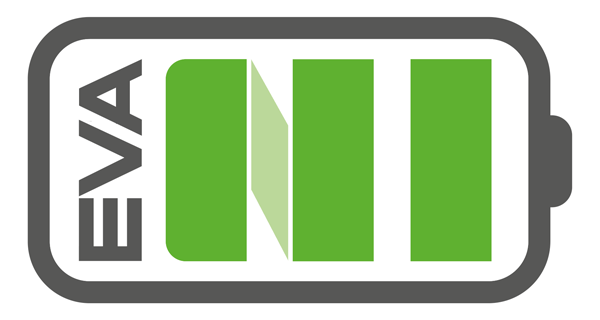
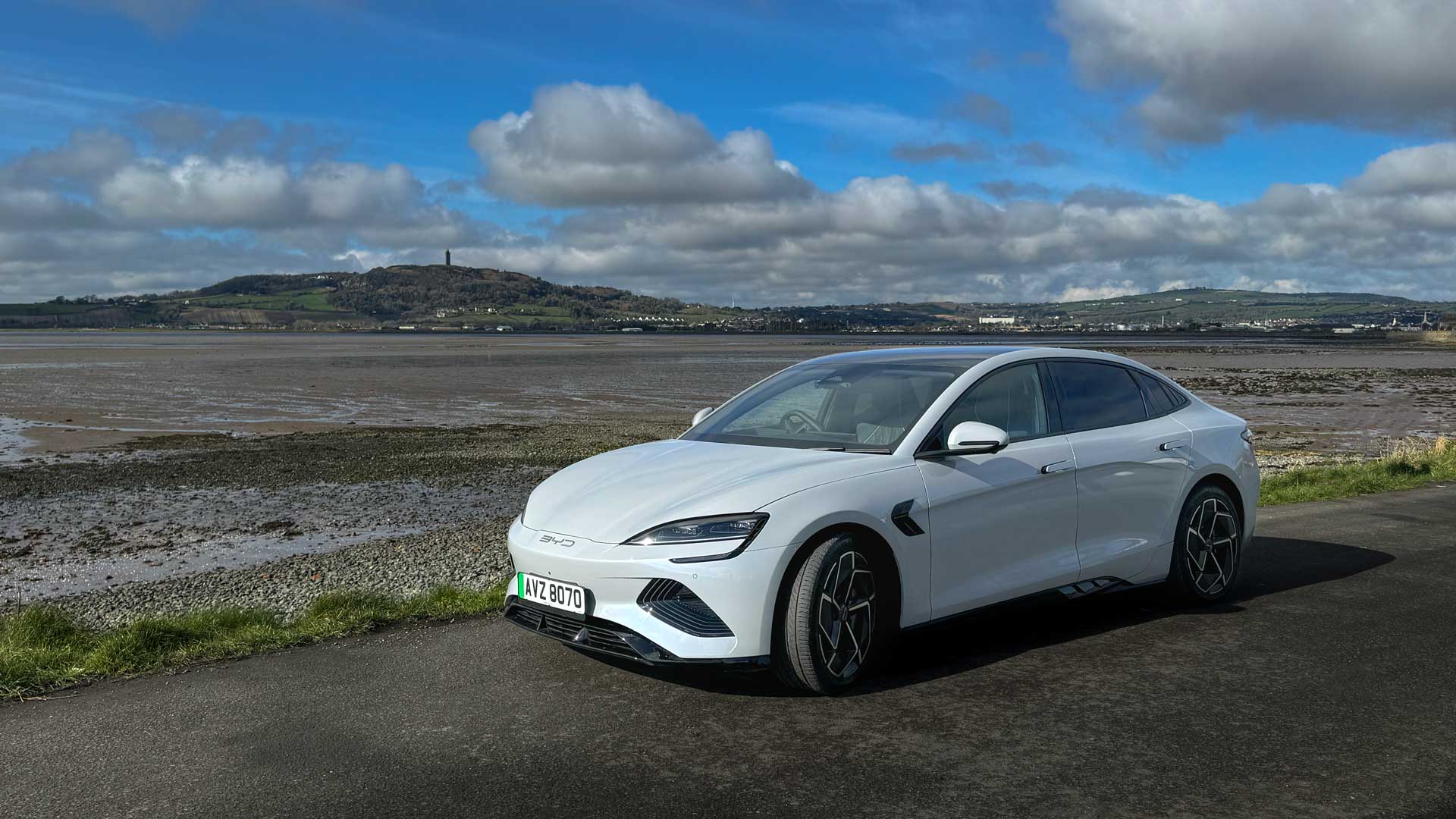
Comments are closed